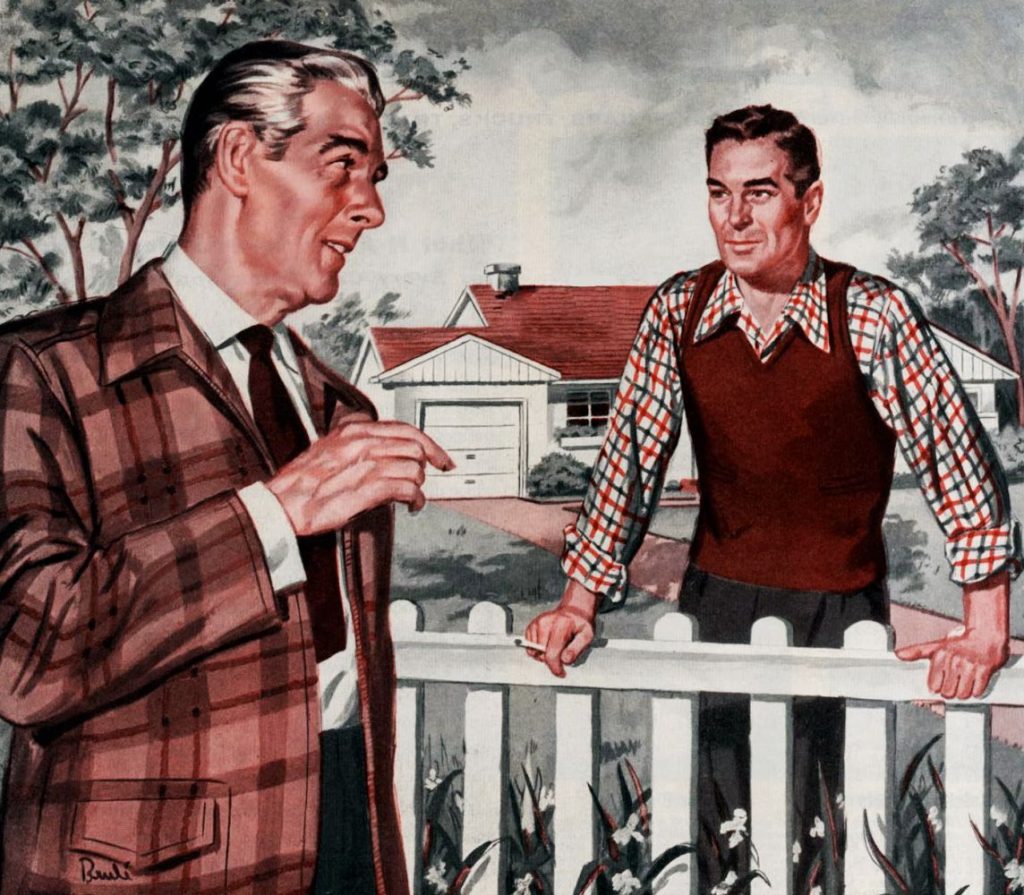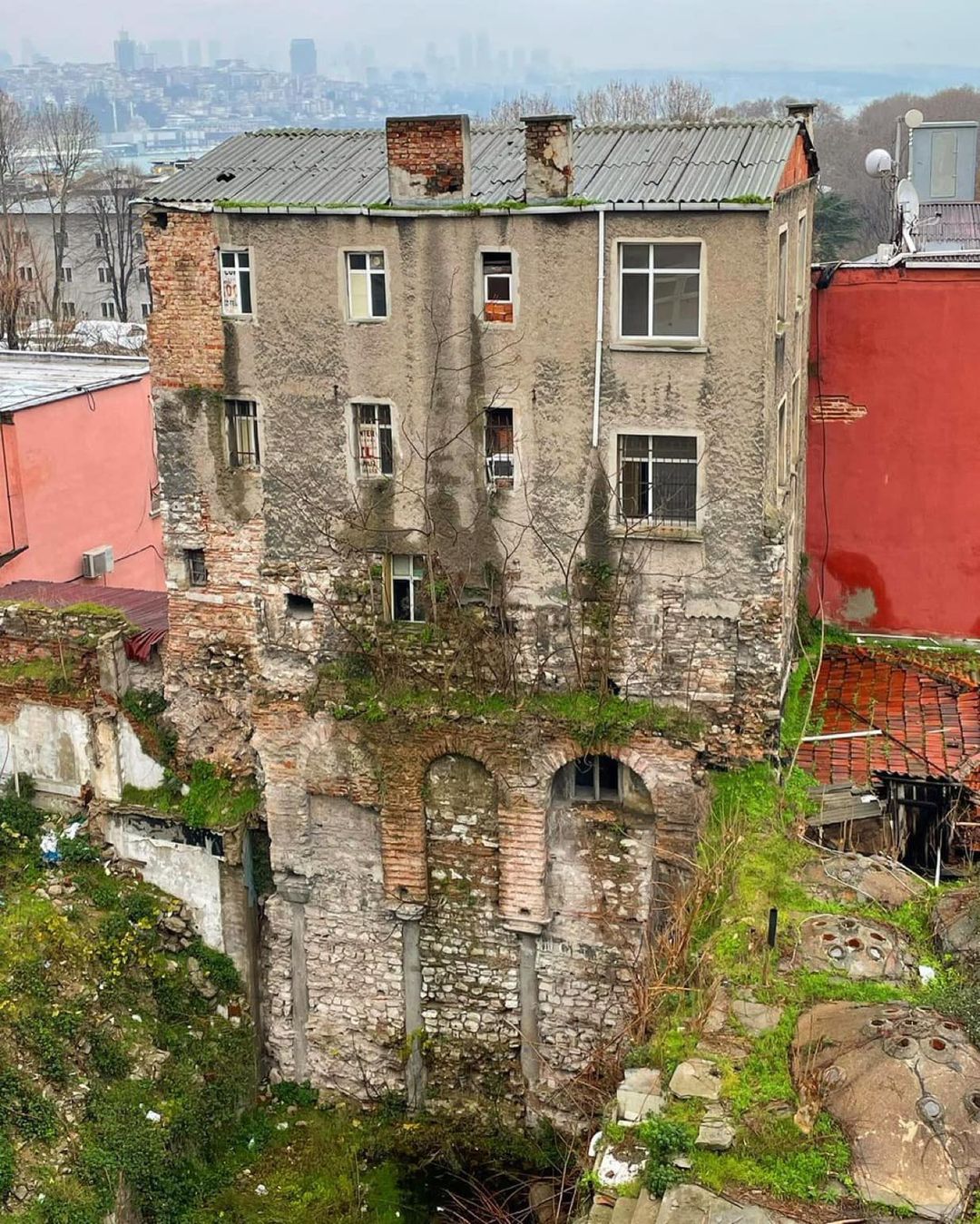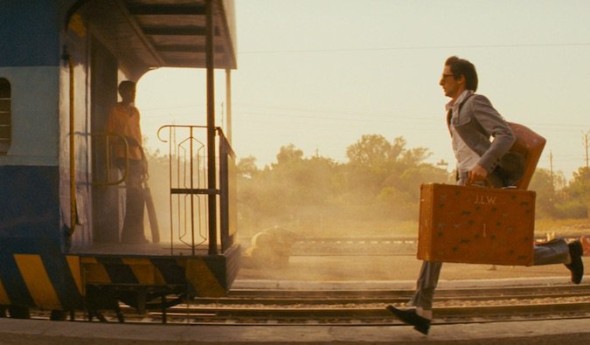August 21, 2020
The suburb is dead: Long live the suburb

Reports of the suburb’s death are greatly exaggerated.
The suburbs of the western nations have long been the whipping boys of many a book, many a play or movie, many a church planting conference. And many a city dweller.
The suburbs are where you went to die, if not physically, then certainly spiritually, as Dave Goetz’s 2009 book, Death By Suburb: How to Keep the Suburbs From Killing Your Soul, indicated.
The suburbs were the places that ideas withered, where stultifying conformity grew, and which emptied out each morning as people escaped to go and live more meaningful lives in the city, before returning each evening to sit in front of a blue screen, zombie-like, and then do it all again tomorrow. The lucky ones escaped to the city ne’er to return (or at least ne’er to return until they had babies).
The city sneered at the suburbs, and went about its task of cultural transformation, creative intensity, human proximity, crowded streets, bars, restaurants, theatres, where people who barely knew each other, but came from all walks of life, rubbed shoulders (cities still sounding like a fun place to you? Me neither).
Goetz painted a picture of how the suburbs grind the life and the imagination out of people, and offers a way to ensure that we don’t lose our salvation in the midst of all that picket fence, roller door garage and strip mall. He offers solutions to stave that off. All well and good.
But let’s face it, that’s so 2009! If you want to pick a year to dissect the suburb and whether it’s the problem or the solution, 2020 might be a good choice. Because if one thing is for certain, post-COVID (or are we still in the midst of it?) the suburb might have a chance of killing you spiritually, but the city is definitely winning the physical killer stakes, and by a long way. The suburbs are making a comeback!
Death by City would make a great title for a book in 2021, and if the reports are any indication the death that cities have inflicted on peoples’ lives in 2020 are being turned around and the cities themselves are dying, even as the suburbs resurrect.
The creatives are leaving the big cities in droves. That had been a trend for a while. But, now, so too are the mega rich. Andrew Cuomo – mayor of New York – has been pleading with the elites to come back to the city, from which they fled to their houses in The Hamptons and away from the virus, but to no avail.
And for good reason, as this report from the Foundation of Economic Education spells out, after police started setting up random check points at tunnels and bridges on the way out of the city:
This is not the way to bring New Yorkers back to a reeling city, one that has already shed more than half a million jobs and is projected to lose one-third of its small businesses. Its unemployment rate is hovering around 20 percent, a figure not seen since the height of the Great Depression. Petty crime is surging and shootings are up 72 percent from last year. Murder is up 25 percent.
What chance the next progressive mayor runs a “Make New York Great Again” campaign with a slogan on a blue baseball cap?
So many interesting and varied ways to do death by city, whether that be social, economic, cultural or just good old violent, plain-wrap physical death. And I can guarantee if petty crime is up 72 percent, then the price of that apartment in Queens is down 20.
With 11 thousand people per square kilometre living in Manhattan, it suddenly looked like a place you could catch something pretty quickly if it went viral. After all, everything else that mattered went viral from big cities, why not an actual virus?
In one sense it should have been obvious, right? A pandemic or a global catastrophe always takes out the cities first. Just watch any zombie movie, the safe place is the suburbs or the regional towns, the places the cultural zombies were supposedly shopping, doing school picks-ups and bowling.
The cities were the places that beckoned because they were the culture creators, the places of influence and high tech. And that much was true. But there was a touch of complacency about all of that. At the very time the cities were helping create the technology to do more and more of business life remotely; the more and more the cities became centres of green politics; the more and more they showed the suburbs how it was done, the more and more they sowed the seeds of their own decline.
The suburbs started taking notes. The suburbs started doing drills. Little by little, the suburbs started to dress like the city, act like the city, take on the mannerisms of the city.
If I wanted to a be a cultural influencer I no longer had to go to the city and hang around with all those tiresome people, picking my way through the hangers-on and sharks. I could get a video camera, a microphone and a good broadband account, and voila! Influence all the way out behind the picket-fence, at a fraction of the cost!
And one day, when a pandemic struck, the suburb did a moonlight flit, and left the city bereft and lonely and sitting on its cramped apartment couch watching reruns of Bridget Jones Diary in its jimmy-jams with a box of tissues and drinking a bottle of red.
The suburbs suddenly looked safe, and spacious, and connected, and vibrant without being viral, they simply looked at the city and said “Thanks, we’ll take it from here!”
Result: the rebirth of the suburbs!
Australian demographer Bernard Salt nails it in this article in The Australian newspaper:
It was as if all the energy that had ebbed and flowed between suburbia and the inner city was being retained at its source, activating and inspiring a new way of life. At its core is the fortressing of the Australian home. The home office is now a broadcast outlet. The garage morphs into a home gym. The backyard flower bed is now a veggie patch. The millennium drought left suburbia with water tanks; the corona comet will make the household even more self-sufficient.
There’s a narrative there. What if the suburb wasn’t the dreary dungeon of city folklore, but rather the city was the dangerous drain on the suburb, sucking the life out of it each morning on an increasingly carbon pumping, rage inducing commute? What if the very green economy the city craves is actually possible in the suburbs? All that happened was that the great COVID disrupter fast-tracked the shift (as disrupters inevitably do).
What if it’s a case of the suburb turning to the city and saying “It’s not me baby, it’s you. I just need some time.”
I was commenting to a friend who lives right in the middle of the Sydney CBD about the way my own suburb just thrived during COVID lockdown. He said this:
“If I can walk to get a coffee and a beer, I don’t really mind where I live. As long as I can go on foot to get those things.”
Ok, he doesn’t just mean a long mac topped up and an IPA, he means that if a suburb can do the little things of life that a city promises, without all of the hassle that accompanies city life (the trade off), then it’s worth revisiting the suburbs and staying.
And Bernard Salt agrees:
In this bold new world the suburbs cast aside their pre-corona personas and create localised communities pivoting to work-near-home collaboration spaces and education and civic facilities. The urban fabric loses its fried-egg logic and scrambles into a patchwork of self-contained but interconnected communities. Bike paths, walking trails, local tramway networks radiating from — wait for it — non-CBD hubs reorganise the logic of Australian suburbia.
Suddenly it’s the suburb that looks edgy, flexible and creative. Suddenly the fried egg (CBD at centre, dormitory suburbs surrounding it), looks more poached! For so long the city has been selling us the story of connectivity and now the suburb has figured out a way to do it.
Which all reminds me of that great philosophical work by English pop band, Human League, Don’t You Want Me, who laments the fact that his girl – the one he had taken from obscurity and turned into a star – has outgrown him. He in turn gets this short-shrift response:
I was working as a waitress in a cocktail bar
That much is true
But even then, I knew I’d find a much better place
Either with or without you
The five years we have had have been such good times
I still love you
But now, I think it’s time I live my life on my own
I guess it’s just what I must do
Hello suburb, goodbye city.
And how might this impact church? How might this impact faith? How might this move away from the centres to the flexible fringes impact a church planting movement that has for so long hitched its hopes to taking the cities? We’ll leave that for next time.
I’ll leave you with The Human League and the wonders of 1980s synth pop:
Written by
There is no guarantee that Jesus will return in our desired timeframe. Yet we have no reason to be anxious, because even if the timeframe is not guaranteed, the outcome is! We don’t have to waste energy being anxious; we can put it to better use.
Stephen McAlpine – futureproof
Stay in the know
Receive content updates, new blog articles and upcoming events all to your inbox.


